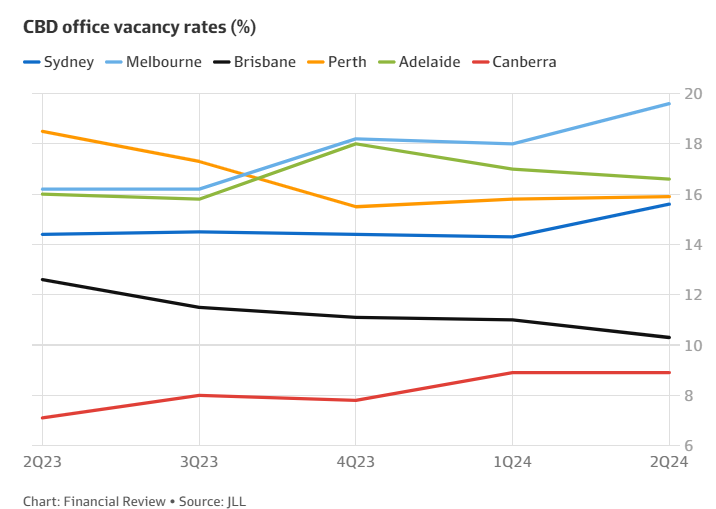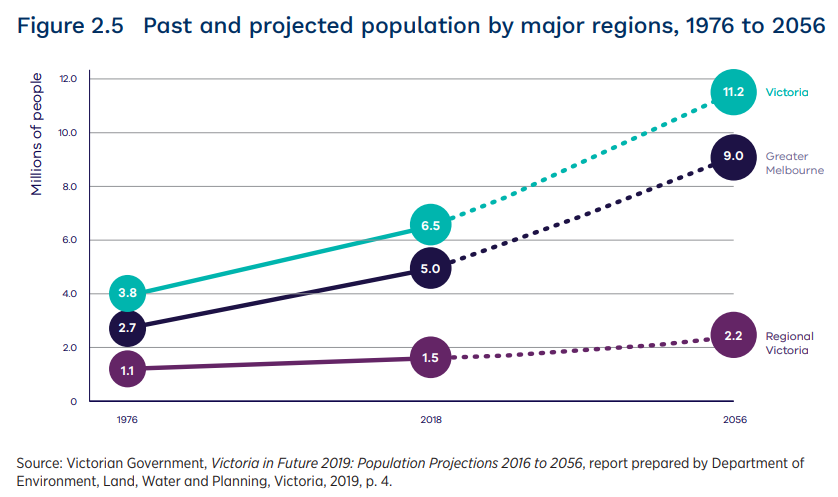Victoria has become an economic basket case.
According to the Australian Bureau of Statistics (ABS), Victoria lost 7,606 businesses during the 2022–23 financial year.
The rising cost of doing business in Victoria has pushed many companies to relocate interstate or offshore.
On the other hand, Queensland witnessed the biggest net rise in business, with 11,031 new companies in 2022–23.
There are two primary reasons why Victoria was the only jurisdiction to experience a reduction in business counts.
First, the Victorian government’s severe Covid lockdowns have likely shuttered numerous enterprises, particularly those that are small and people-focused.
Second, the Victorian government announced a payroll tax surcharge in the 2021–22 State Budget, but only for firms with payrolls of $10 million or more.
The 2022–23 State Budget lifted payroll taxes on those same firms as part of a 10-year Covid debt levy to help pay for the government’s record borrowing during the pandemic.
I recently chatted with someone who works for a business with a turnover exceeding $10 million. They stated that their company plans to relocate its headquarters from Melbourne to Brisbane because it has lower payroll taxes.
The increase in Victorian WorkCover premiums could potentially drive more firms out of the state.
WorkCover is required if the actual or anticipated employee salary exceeds $7,500 or if apprentices and trainees are employed.
Under the changes, premiums rose by 42%, from 1.27% to 1.8% of an employee’s pay.
The Victorian Parliamentary Budget Office estimates that the WorkCover changes will cost businesses $17.8 billion over the next decade.
ANZ CEO Shayne Elliot recently described Victoria as “one of the toughest” states in which to do business.
The ABS data on business counts certainly supports these claims, with the state government successfully driving business north, mainly to Queensland.
Meanwhile, Melbourne’s office vacancy rate has climbed to 19.6%, the highest since 1995:

Steve Urwin, who runs tenant advocacy firm Kernel Property, predicted that the situation would deteriorate further.
“Melbourne is a one-way slope and hasn’t hit bottom. There is worse to come”, he said.
Chairman of commercial property syndicator Quintessential, Shane Quinn, also described Melbourne’s CBD office market as “a proper basket case, and it’s going to be a basket case for the next five years”.
The upshot is that Victoria now finds itself with the highest unemployment rate and lowest private sector wage growth of any state, as illustrated in the following chart by Alex Joiner, chief economist at IFM Investors:

The only thing keeping the economy afloat, at least in a superficial sense, is extreme immigration-driven population growth:

Victoria’s economic model involves importing people to support the housing, education, and people-servicing industries.
Meanwhile, per capita living standards are on a one-way road to collapse.

